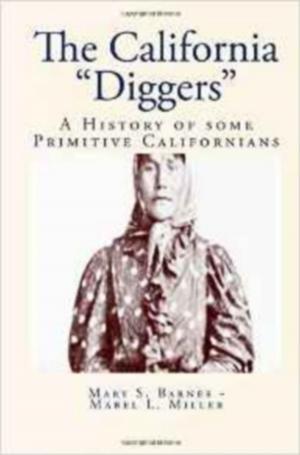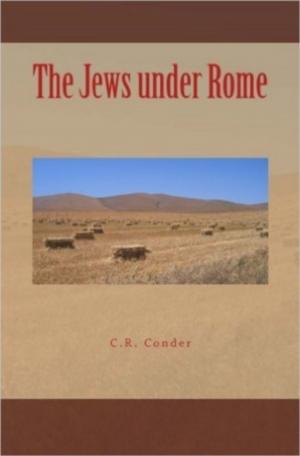| Author: | L. J. Procter, Orison S. Marden | ISBN: | 9782366591804 |
| Publisher: | Editions Le Mono | Publication: | May 2, 2016 |
| Imprint: | Editions Le Mono | Language: | English |
| Author: | L. J. Procter, Orison S. Marden |
| ISBN: | 9782366591804 |
| Publisher: | Editions Le Mono |
| Publication: | May 2, 2016 |
| Imprint: | Editions Le Mono |
| Language: | English |
Unfortunately, the chief fell sick and died shortly after his arrival; but the promise of assistance made before this occurred was confirmed by his successor, a daughter, Ma-Mochisane. In order to confer with her on the matter, Livingstone made a journey to Shesheke, where she lived, 130 miles to the northeast, in company with Mr. Oswell. It was on this journey that they discovered the Zambési, toward the end of June, 1851, even then, the dry season of the year, a magnificent stream 300 or 400 yards broad. In defence of his claim to the discovery, Dr. Livingstone says: "The Portuguese maps all represent the Zambési as rising far to the east of where we now were; and, if ever anything like a chain of trading-stations (as is asserted) had existed across the country between the latitudes 12° and 18° south, this magnificent portion of the river must have been known before."
The discovery was indeed important; and, impelled not only by the prospects it presented, but by the remembrance of his difficulties at Kolobeng, Livingstone decided to explore the river thoroughly, and meanwhile send his family home to England...
Unfortunately, the chief fell sick and died shortly after his arrival; but the promise of assistance made before this occurred was confirmed by his successor, a daughter, Ma-Mochisane. In order to confer with her on the matter, Livingstone made a journey to Shesheke, where she lived, 130 miles to the northeast, in company with Mr. Oswell. It was on this journey that they discovered the Zambési, toward the end of June, 1851, even then, the dry season of the year, a magnificent stream 300 or 400 yards broad. In defence of his claim to the discovery, Dr. Livingstone says: "The Portuguese maps all represent the Zambési as rising far to the east of where we now were; and, if ever anything like a chain of trading-stations (as is asserted) had existed across the country between the latitudes 12° and 18° south, this magnificent portion of the river must have been known before."
The discovery was indeed important; and, impelled not only by the prospects it presented, but by the remembrance of his difficulties at Kolobeng, Livingstone decided to explore the river thoroughly, and meanwhile send his family home to England...















